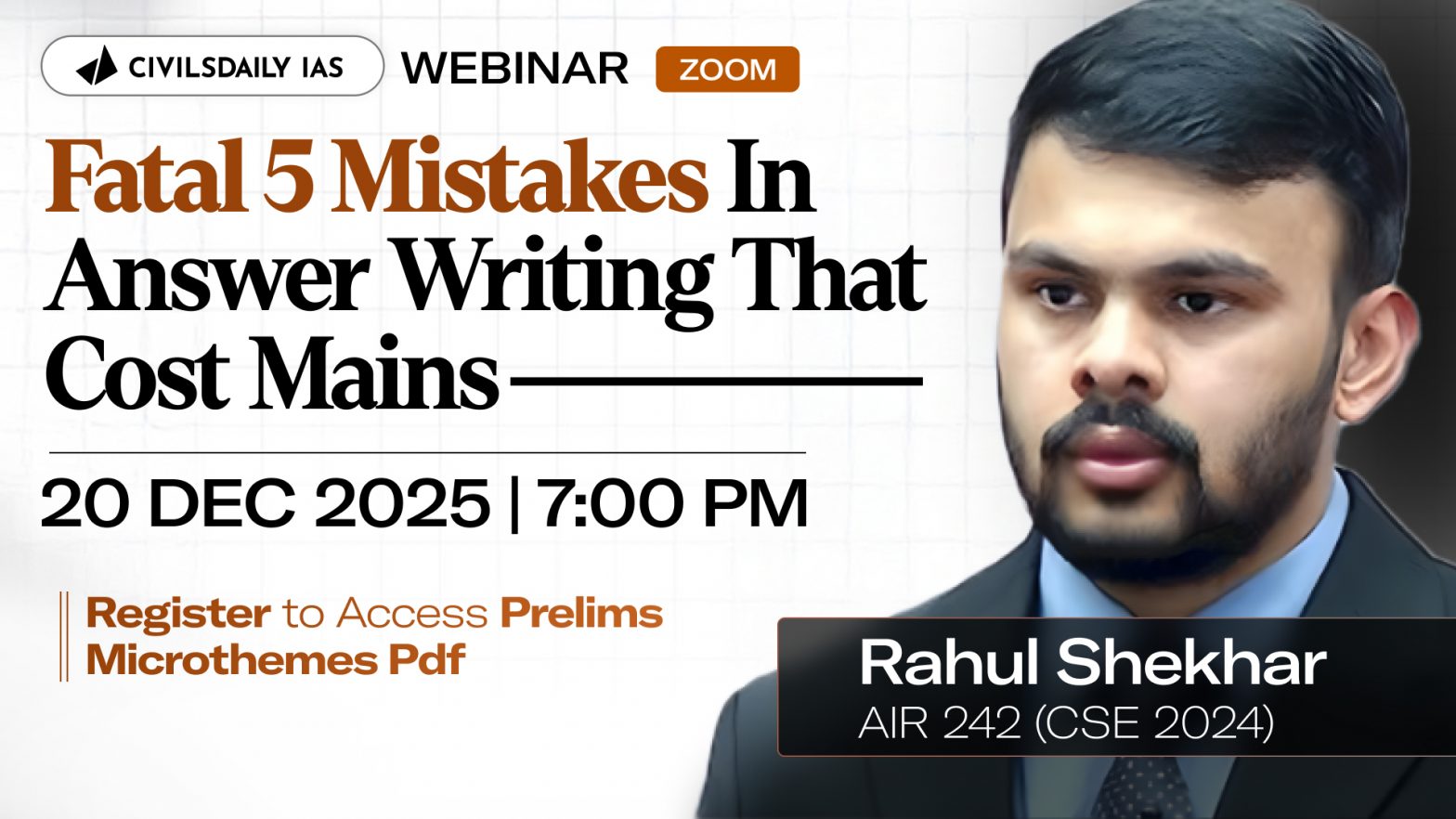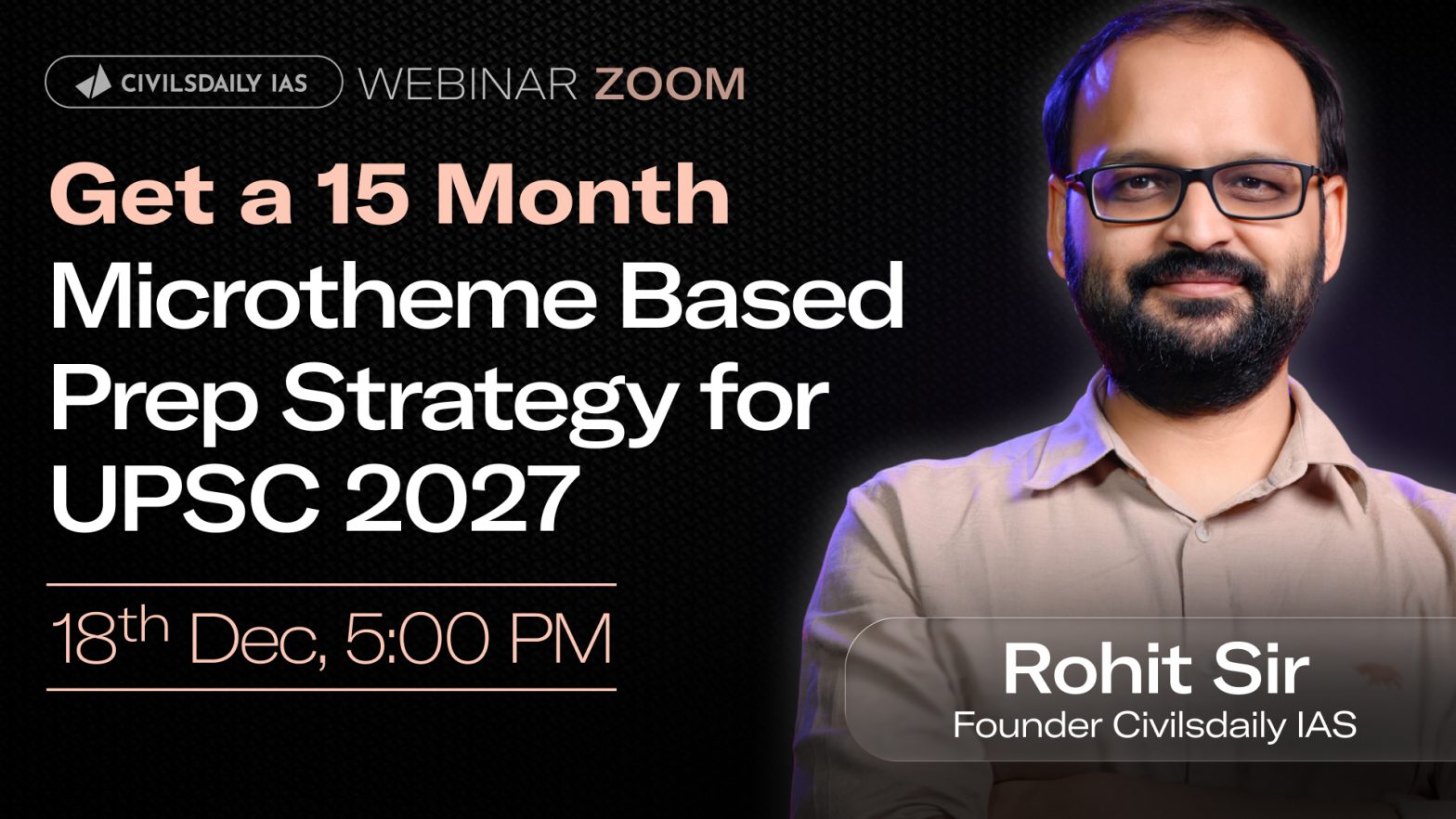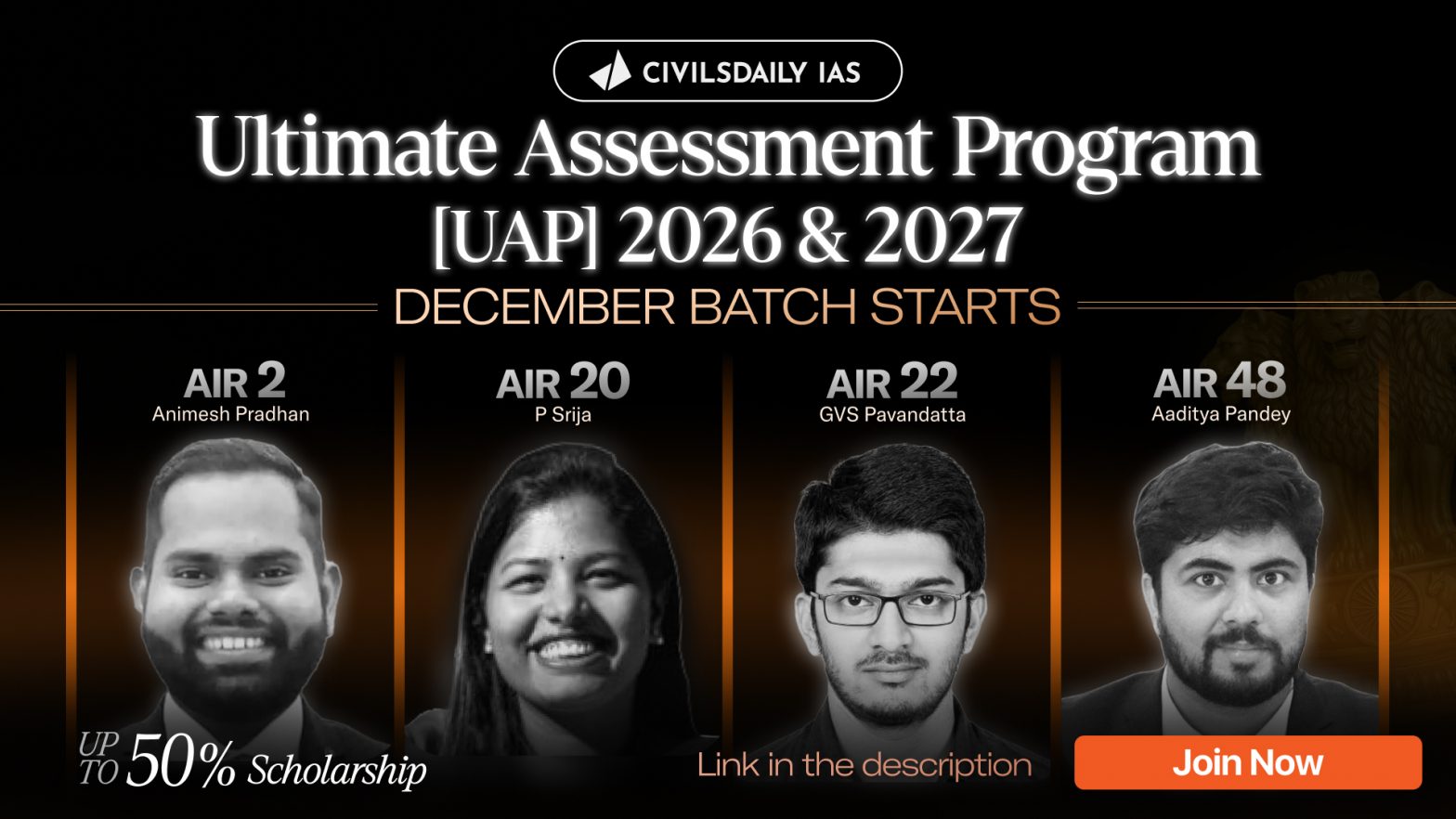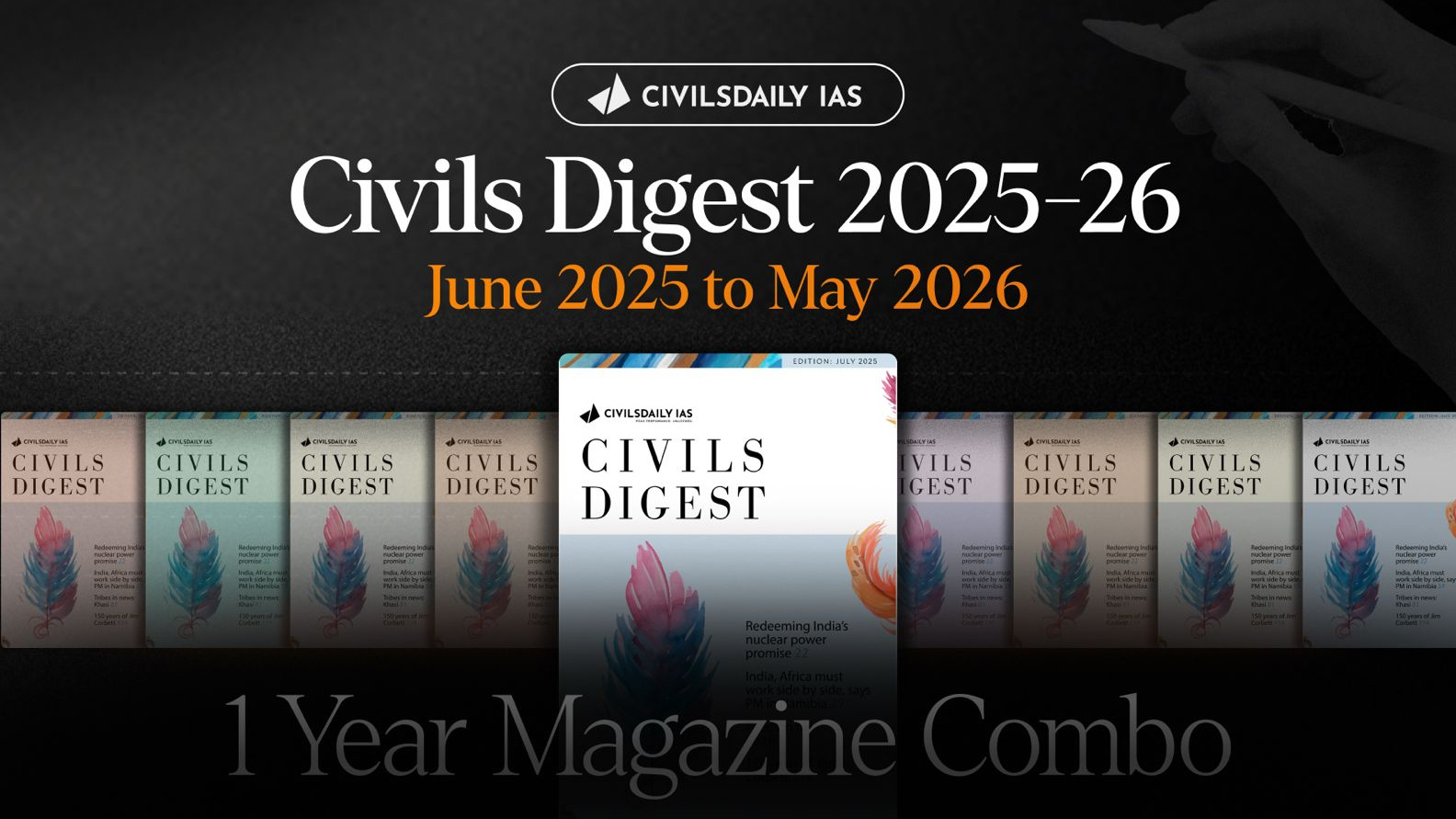

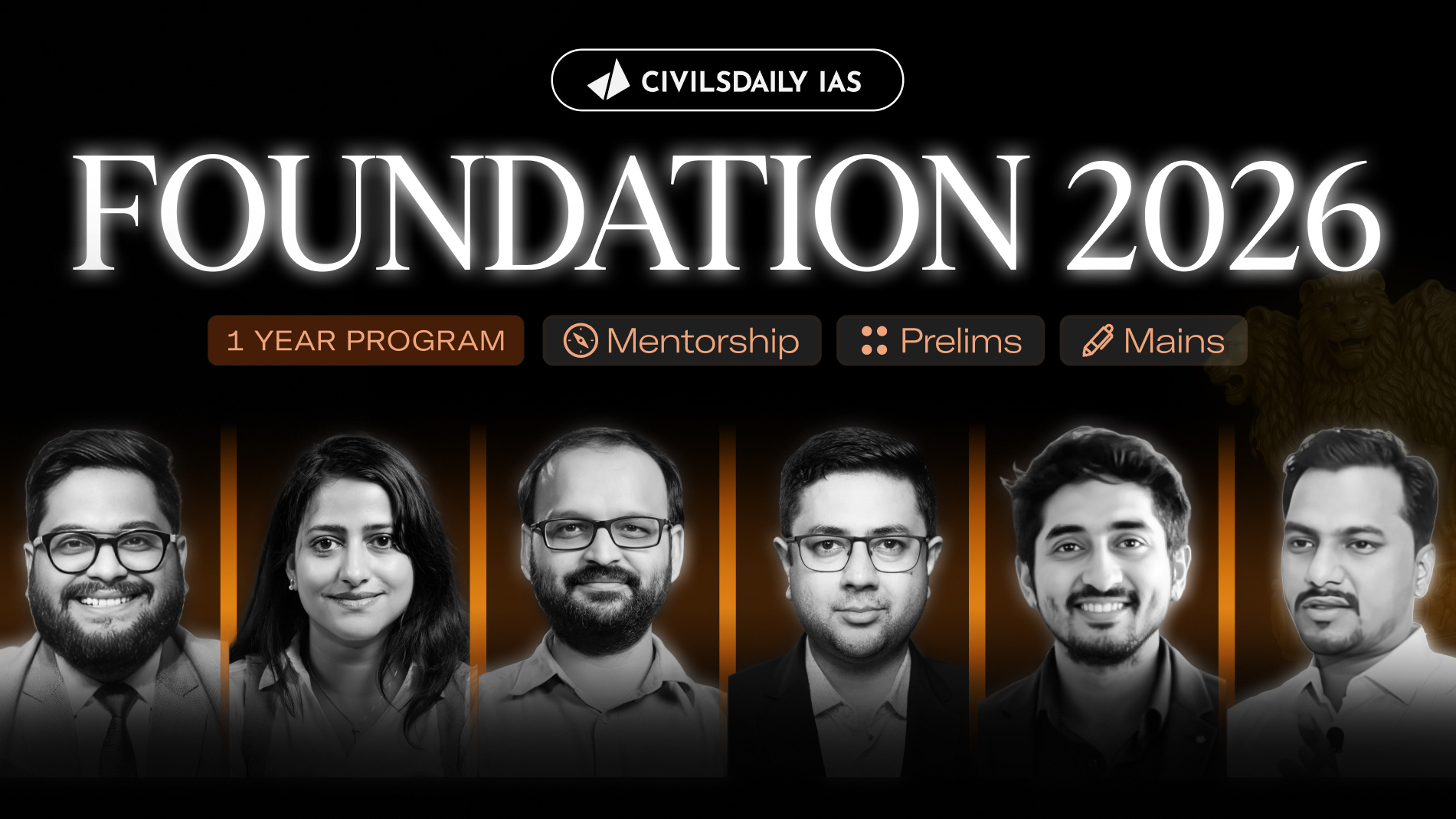
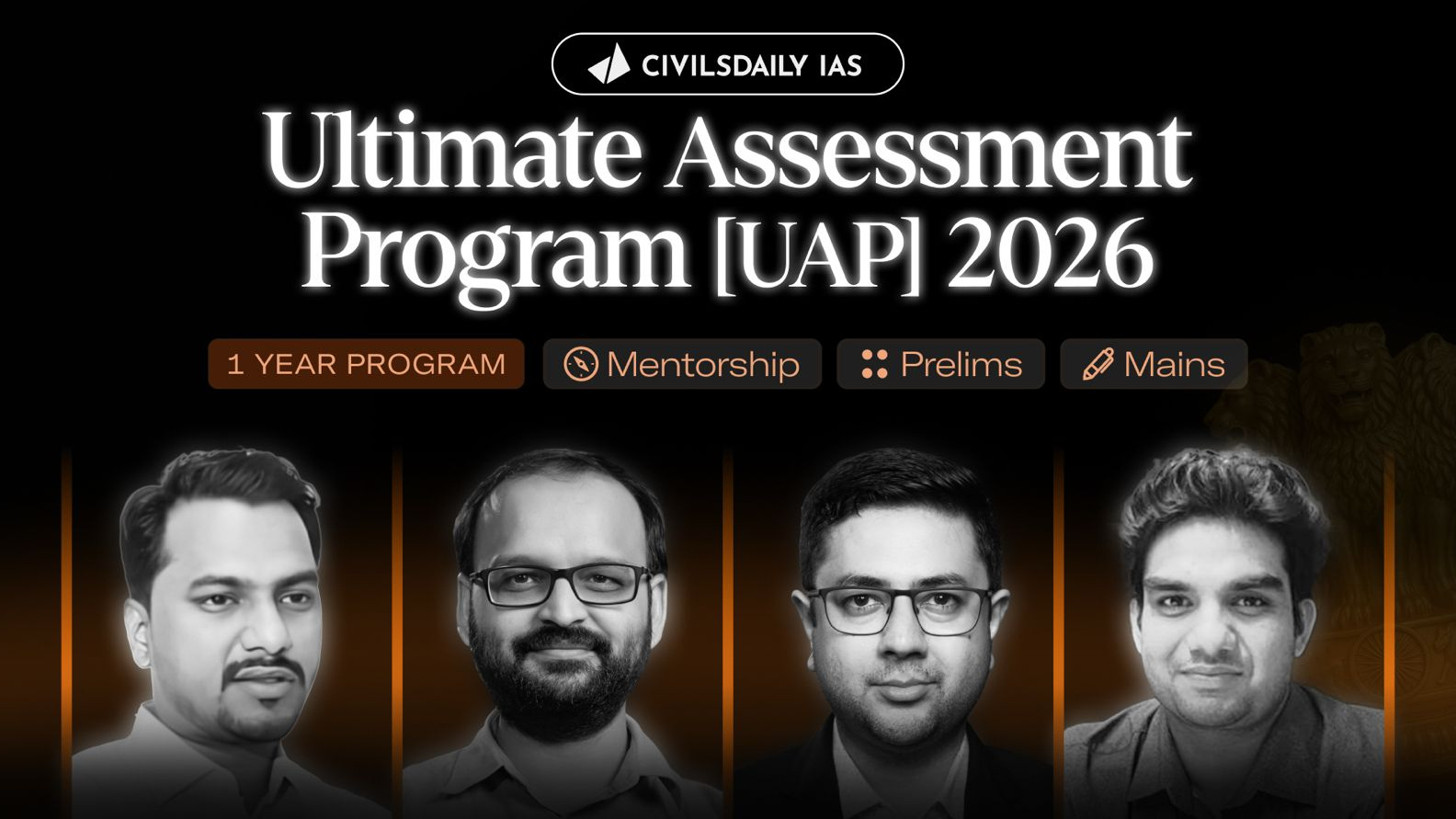
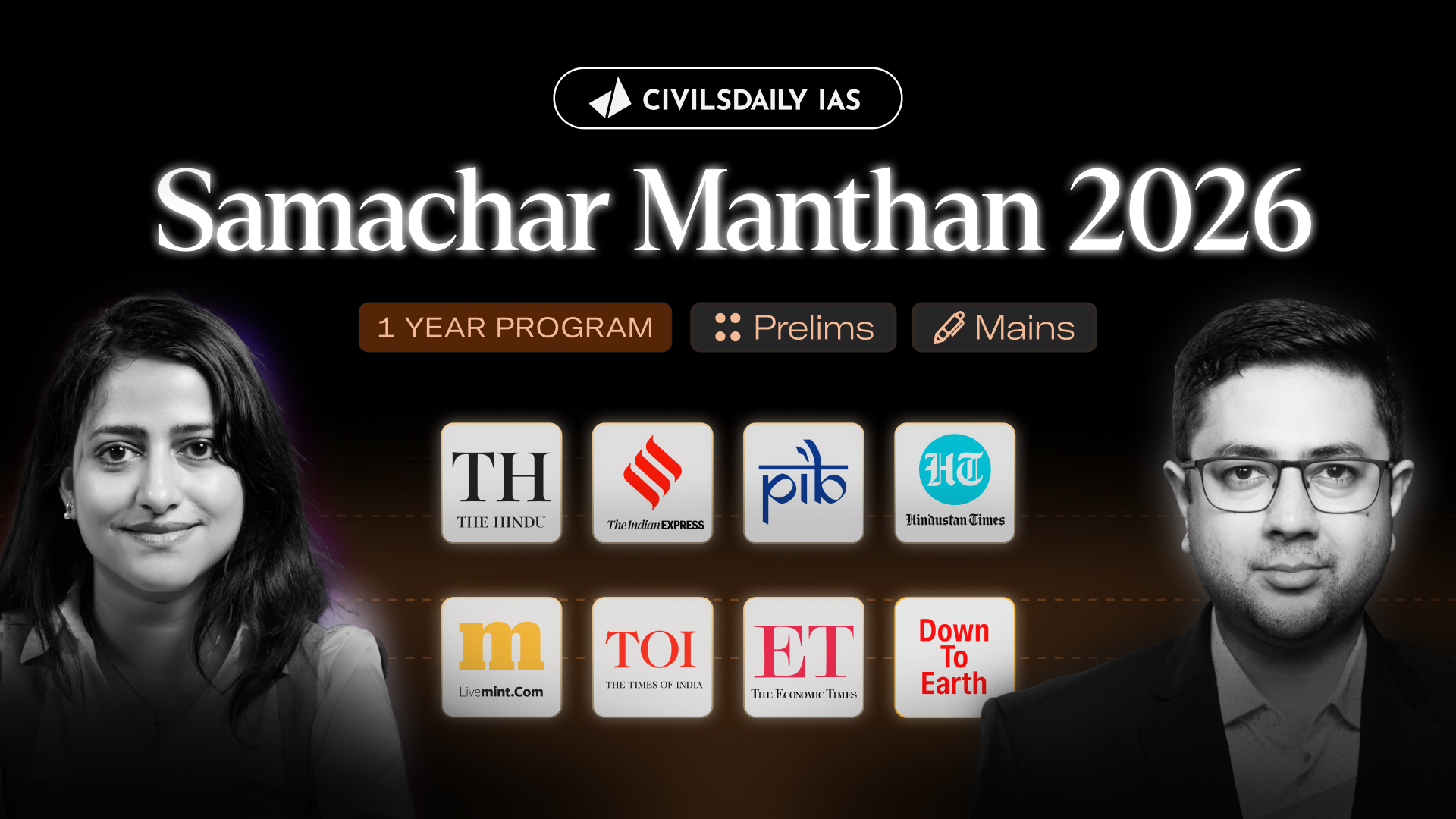
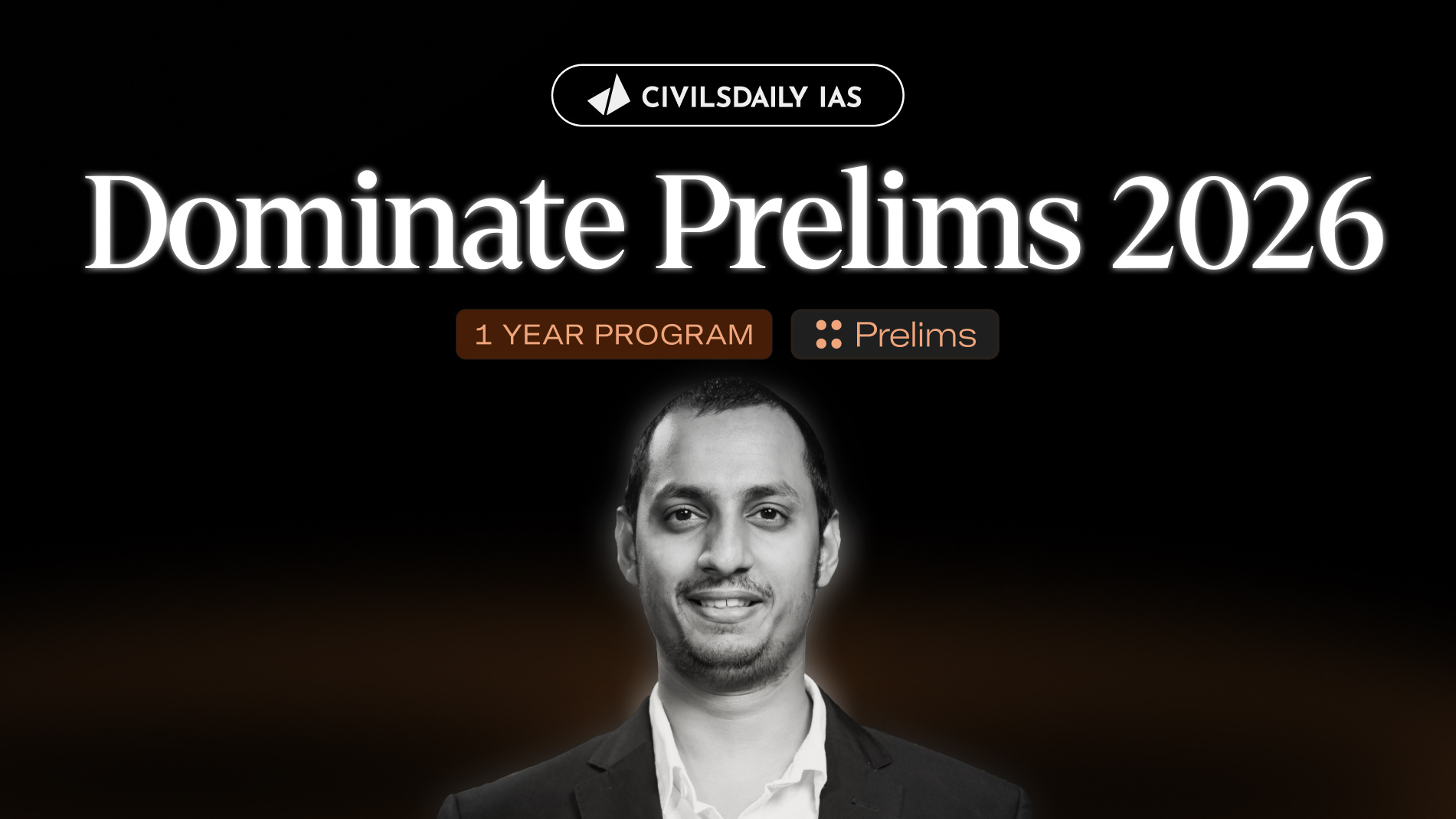
Burning IssuesInterview ProgramMotivation BytesPrelims DailyPrevious Year Question PaperProgram LaunchRanker WebinarsThe Hindu Op-edToppers TestimonialsUPSC Mains Topic-Wise PYQsUPSC PreparationUPSC SyllabusX Factor Notes
21st August
UPSC GS3 | Basics of cyber security
Back2Basics Basics of cyber security
India Internal Security | Basics of cyber security
Cyberspace is being used for a variety of malicious activities, from crime to state-sponsored attacks on critical infrastructure. The interconnectedness of cyber networks means that even the most basic responses end up having a ripple effect or unintended consequences. India has been at the receiving end of various forms of cyber threats; from attacks on… Continue reading India Internal Security | Basics of cyber security
UPSC GS3 | Role of media and social networking sites in internal security challenges
Back2Basics Role of media and social networking sites in internal security challenges
India Internal Security | Role of media and social networking sites in internal security challenges
Cyberspace has changed many old concepts. In this globalised world everyone is neighbour of other. There is no established concept of boundaries. The use of social media has become a ubiquitous component of the ever more interconnected world in which we now live. The term “social media” refers to internet-based applications that enable people to… Continue reading India Internal Security | Role of media and social networking sites in internal security challenges
UPSC GS3 | Challenges to internal security through communication networks
Back2Basics Challenges to internal security through communication networks
India Internal Security | Challenges to internal security through communication networks
Communication networks are a part of our critical information infrastructure which was defined in the IT Act, 2000 as “the computer resource, the incapacitation or destruction of which, shall have debilitating impact on national security, economy, public health or safety.” Communications networks are crucial to the connectivity of other critical infrastructure, viz. civil aviation, shipping,… Continue reading India Internal Security | Challenges to internal security through communication networks
UPSC GS3 | Linkages between development and spread of extremism
Back2Basics Extremism- Introduction, causes Developmental issues related to rise and spread of extremism Efforts by Government to address Extremism
India Internal Security | Extremism- Introduction, causes
It is a truism that under development often creates the conditions for insurgency and spread of extremist ideologies among the people, who perceive that their needs are not being taken care of by the government. While it has been the policy of governments around the world today to emphasise on “inclusive development”, there are always… Continue reading India Internal Security | Extremism- Introduction, causes
India Internal Security | Efforts by Government to address Extremism
The government followed a two-pronged approach which combines security forces action with accelerated development of the extremist affected area. 1. Developmental efforts ‘Clear, hold and develop’ strategy Military operations have not been abandoned and individual states continue to undertake area clearing operations, such exercises appear to form parts of a new ‘clear, hold and develop’… Continue reading India Internal Security | Efforts by Government to address Extremism
India Internal Security | Developmental issues related to rise and spread of extremism
Developmental issues which pertain to the spread of extremism are linked to lack of access to basic resources to sustain the livelihood. However, development is a useful tool against extremism but it must operate in tandem with the security forces. Some of the developmental issues which lead to the spread of extremism are listed below-… Continue reading India Internal Security | Developmental issues related to rise and spread of extremism
India Bhutan Relations: Key Developments
source Importance of Bhutan for India Bhutan in a buffer state between India and china. Bhutan shares a 470 km long border with China. Traditionally, the Himalayan kingdom acted as a buffer state between the India and China. Strategic importance: The Chumbi Valley is situated at the trijunction of Bhutan, India and China and is… Continue reading India Bhutan Relations: Key Developments
India Myanmar Relations: Key Developments
source Importance of Myanmar to India To tackle insurgency in North-East: Myanmar is central to Northeast India’s security as “a large number of cross-border ethnic groups and insurgents from Northeast India have military bases in Myanmar. Last year, Indian troops reportedly crossed into Myanmar territory to target a National Socialist Council of Nagalim (Khaplang) military… Continue reading India Myanmar Relations: Key Developments
Myanmar: Backgrounder with Timelines
Backgrounder 1852 – Britain annexes lower Burma, including Rangoon, following the second Anglo-Burmese war. 1885-86 – Britain captures Mandalay after a brief battle; Burma becomes a province of British India. 1937 – Britain separates Burma from India and makes it a crown colony. Japanese occupation 1942 – Japan invades and occupies Burma with some help from the Japanese-trained… Continue reading Myanmar: Backgrounder with Timelines
Civilsdaily Listicles & Titbits | High Yield Material for Quick Prelims Revision
When done with basic book reading and Prelims is near, many aspirants face the dilemma of how to revise entire syllabus and then remember important points from it. We understood this problem and our team worked together to compile all important topics at one place through excel sheets and Dr V compiled all important static syllabus… Continue reading Civilsdaily Listicles & Titbits | High Yield Material for Quick Prelims Revision
[Official Answer] 21 Aug 2017 | Target Mains: GS Questions With Official Answers
GS Paper 1 Q.1) Evaluate the role played by Dr. Rajendra Prasad in India’s freedom struggle and in laying the foundation of a modern India. Role Played in Freedom Struggle Rajendra Prasad was man of courage, dedication, conviction and utmost sincerity. His name symbolised honesty and modesty. He was an active participant in crucial freedom movements… Continue reading [Official Answer] 21 Aug 2017 | Target Mains: GS Questions With Official Answers
21 Aug 2017 | GS 4 | A young social activist has become very popular within a short period of 5 years because of his honesty, integrity, and human values. He finds rampant corruption in government offices and mismanagement is rural development schemes, which affects the poor and marginalized section of the society. He notices that it is a nexus of bureaucracy, elected representatives and contractors for this sorry state of affairs. It is unfortunate that a section of media has been managed by the nexus. The social activist, having deeply influenced by Gandhian principle wants to correct the things. What steps and action he will take to: (a) Unite the poor and marginalized so that they could raise their voice effectively. (b) Moblise the public opinion against the managed media. (c) Compel the state government to take remedial measures in order to set things right.
GS Paper 4 Q.4) A young social activist has become very popular within a short period of 5 years because of his honesty, integrity, and human values. He finds rampant corruption in government offices and mismanagement is rural development schemes, which affects the poor and marginalized section of the society. He notices that it is a… Continue reading 21 Aug 2017 | GS 4 | A young social activist has become very popular within a short period of 5 years because of his honesty, integrity, and human values. He finds rampant corruption in government offices and mismanagement is rural development schemes, which affects the poor and marginalized section of the society. He notices that it is a nexus of bureaucracy, elected representatives and contractors for this sorry state of affairs. It is unfortunate that a section of media has been managed by the nexus. The social activist, having deeply influenced by Gandhian principle wants to correct the things. What steps and action he will take to: (a) Unite the poor and marginalized so that they could raise their voice effectively. (b) Moblise the public opinion against the managed media. (c) Compel the state government to take remedial measures in order to set things right.
21 Aug 2017 | GS 3 | The Government has recently announced that only electric vehicles (EVs) will be sold in India from 2030.Discuss what challenges India will face in achieving this target and also steps required to achieve this target.
GS Paper 3 Q.3) The Government has recently announced that only electric vehicles (EVs) will be sold in India from 2030.Discuss what challenges India will face in achieving this target and also steps required to achieve this target. Source: https://www.civilsdaily.com/op-ed-snap-getting-charged-up/ https://www.civilsdaily.com/op-ed-snap-the-hybrid-route/
21 Aug 2017 | GS 2 | Given the fact there is increasing discrepancy between the seats won and votes received, Should First past the post system be replaced by Proportional representation system. Discuss.
GS Paper 2 Q.2) Given the fact there is increasing discrepancy between the seats won and votes received, should First past the post system be replaced by Proportional representation system? Discuss. Source: http://indianexpress.com/article/india/first-past-post-house-panel-asks-parties-if-poll-system-should-change-4806011/ http://www.news18.com/news/politics/a-case-for-proportional-representation-system-in-india-646251.html http://www.dailypioneer.com/state-editions/bhubaneswar/high-time-india-adopted-proportionate-electoral-system.html
21 Aug 2017 | GS 1 | Evaluate the role played by Dr. Rajendra Prasad in India’s freedom struggle and in laying the foundation of a modern India.
GS Paper 1 Q.1) Evaluate the role played by Dr. Rajendra Prasad in India’s freedom struggle and in laying the foundation of a modern India.
21 August 2017 | Prelims Daily with Previous Year Questions & Tikdams
Q.1) ‘Indra Sawhney Case of 1992’ was related to a) Basic Structure of the Indian Constitution b) Part III of the Indian Constitution c) Reservation d) Validity of Indian Penal Code Q.2) Recently, ‘Value capture financing (VCF)’ is in news. It is a type of public financing that recovers some or all of the value… Continue reading 21 August 2017 | Prelims Daily with Previous Year Questions & Tikdams
Slide Anything shortcode error: A valid ID has not been provided
